
Brian's Run Pod
Welcome to Brian's Run Pod, the podcast where we lace up our running shoes and explore the exhilarating world of running. Whether you're a seasoned marathoner, a casual jogger, or just thinking about taking your first stride, this podcast is your ultimate companion on your running journey.
Join us as we dive deep into the sport of running, covering everything from training tips and race strategies to personal stories and inspiring interviews with runners from all walks of life. Whether you're looking to improve your race times, stay motivated, or simply enjoy the therapeutic rhythm of running, Brian's Run Pod has something for every runner.
Brian's Run Pod
Swapping Desks for Barre: Ella Proietti's Fitness Revolution
Ella Proietti , founder of Barella.co.uk, shares her journey from marketing executive to Barre fitness specialist and movement expert, explaining how this ballet-inspired workout can transform runners' performance and prevent injuries.
• Transitioning to fitness at age 40 after a decade-long marketing career
• Starting with Zumba classes where other participants mistook her for a professional dancer
• Building a fitness business gradually from zero attendees at her first class
• The history of Barre fitness, developed by ex-ballerina Lottie Burke in the 1930s
• How Barre combines ballet positions with Pilates precision and strength conditioning
• The structure of a Barre class: warm-up, bar work, floor exercises and stretching
• Why Barre specifically helps runners: strengthening glutes, improving posture and core stability
• Common issues in runners: tight hamstrings, weak glutes, poor core engagement
• How the class accommodates all fitness levels with modifications and options
• The community aspect of group fitness: "People who bar together, stay together"
Find Ella at Barella.co.uk to discover how bar training can revolutionise your running performance.
Brian's Run Pod has become interactive with the audience. If you look at the top of the Episode description tap on "Send us a Text Message". You can tell me what you think of the episode or alternatively what you would like covered. If your lucky I might even read them out on the podcast.
Instagram
So you're thinking about running but not sure how to take the first step. My name is Brian Patterson and I'm here to help. Welcome to Brian's RunPod, your weekly dose of sweat stories and seriously inspiring people from the running world and beyond. I'm your host, brian Patterson, and today we're taking a little detour off the beaten path, but, trust me, your glutes will thank you for it. My guest today is the brilliant Ella Priorati, founder of barellacouk. She's a movement specialist, bar queen and a total boss when it comes to building strength, stability and that sneaky kind of core control that every runner secretly wishes they had. Sneaky kind of core control that every runner secretly wishes they had. We're diving into all things, bar body awareness and how cross training actually helps you clock faster miles and stay injury free. So lace up, roll out or just settle in with the foam roller and there's gonna be a good one. So let's get into it and welcome to the podcast to Ella, Right? Finally, we're recording Brilliant, okay.
Speaker 2:Excellent.
Speaker 1:Well, welcome to the podcast, Ella, and thank you very much for coming on. I just want to know how you are today.
Speaker 2:Oh hi, brian, I'm very well today. Thank you for having me on the podcast. It's very exciting to be here. It's my first ever podcast and, yes, I can't wait to get started.
Speaker 1:Brilliant, brilliant. So I just want to know as to what kind of your relationship was with exercise when you were growing up in Poland is was with exercise when you're growing up in poland, um, I was always very athletic and very sporty.
Speaker 2:I loved running, uh, I loved athletics, but I never, ever did any um anything about it right so I came here when I was 18 yeah, uh and um, and then I didn't do any exercise for the next 10-15 years because I understand you have a, uh, a marketing background.
Speaker 1:That's right that's right.
Speaker 2:So I spent the first 10 years of my career um working in marketing and publishing okay, um, and then I ended up in fitness at the age of 40. All right.
Speaker 1:So I understand, when we first met before this podcast, you said you kind of didn't want to be stuck behind a desk. That's right. So was there any one thing which kind of prompted you to say I want to do away with you know the nine to five and be my own boss?
Speaker 2:Yes, your way with you know the nine to five and be my own boss. Yes, so there was um. It was about two years after my second child was born. I decided to join a local gym in my late 30s and started attending lots of different fitness classes yeah and I found that I really enjoyed dance and zumba yeah and the.
Speaker 2:The funny thing was that people in the class started asking me if I was a professional dancer which really took me by surprise because I've never had any dance training before and they said I was really good. So I started thinking about it and I thought, well, maybe I should do something about it. I didn't really fancy going back to my desk job nine to five, and so it took me about two years to convince myself that I was actually good enough and I wasn't old enough to become a Zumba instructor. And then I did it in 2014 and started teaching classes in lots of different local clubs and gyms, freelancing, um, and then I, six months later, I discovered bar all right, okay, we'll talk about that later, because I'm I'm really excited about bar now.
Speaker 1:Bar is b spelled b, a, double r, e, so but we'll talk about as to where that comes from sort of thing. So when you started up, so did you, do you first do the zumba qualification yes, so first I did the zumba qualifications, a level two exercise to music exams and then every year after that, I did a new qualification.
Speaker 2:Um, I started teaching lots of different classes pilates, body conditioning, strength conditioning uh, I did my personal training qualifications, my sports massage um qualifications. So I do lots of different things now okay, okay.
Speaker 1:And then did you I mean, once you started getting some qualifications, did you sort of like dip your toe in the water in terms of getting clients? Or was it a case of just saying, right, okay, this date I'm going to be going it alone in terms of, you know, going into no no, it wasn't like that.
Speaker 2:It was a gradual process yeah okay. So when I first um started opened my own place yeah, my, I remember my first class nobody turned up. I've put, put flyers everywhere in Twickenham, richmond and nobody turned up. And then the second class I got two people, the class after I got three people, and then it was a word of mouth basically, and more people started coming to my classes and yeah, it grew from then.
Speaker 1:All right. So do you think that was the secret, that once people got to see what you? Were doing uh, sort of kind of that word of mouth. Yes, was your marketing.
Speaker 2:Yes, obviously you have to market yourself as well on social media and put flyers, posters out in a local coffee shops, libraries. But I think when people see that someone is passionate about something and they're good at it, then they follow you.
Speaker 1:And was it the what prompted you to have other things like do strength and conditioning and massage? Was it the fact that you were quite interested in sort of broadening your portfolio, or did people ask you?
Speaker 2:No, nobody asked me to do anything. It was all because I wanted to do it. So I don't believe that you should be teaching classes that you don't enjoy or you don't love teaching them. So every single qualification I've done is because I wanted to do it. I wanted to broaden my horizons and I incorporate new things into my classes. So when you come to my bar class, you'll get a fusion of other things as well, of strength conditioning, of pilates okay, all right, that's that's.
Speaker 1:That's really interesting. So now, um, moving on to the bar. Now I was looking online that this was started up by someone in the I think it's in the 60s was a dancer in the 60s who was injured. You might be able to tell me more about it.
Speaker 2:Well, the bar actually was. The founder of bar was called Lottie Burke and she was a German ex -ballerina who came to London just before the Second World War in 38.
Speaker 1:Oh right.
Speaker 2:And she developed her method of exercise based on ballet positions and moves and focused on the idea of building core stability. And then she opened her first studio in 1959. It was called the Manchester Street Studio for Exercise. And then over the decades her method developed into different bar training methods from different providers. So nowadays you got dozens of different you know providers offering different types of bar pure bar, bar, core, les mills bar and the one I trained in is called bar concept right okay, um, and some of them sort of like focus more on the cardio part.
Speaker 2:Some of of them focus on more on the Pilates part.
Speaker 1:Yeah.
Speaker 2:And some of them even include some ballet dancing.
Speaker 1:Right.
Speaker 2:So depending where you go.
Speaker 1:Yeah, so was it initially sort of like a conditioning for dancers? Is that what was her initial concept?
Speaker 2:Yes, yes answers. Is that what? What was her, her initial concept? Yes, yes, uh, she um, basically um wanted it was part of her rehabilitation, because I think she got injured and together with her physio. Yeah, they developed those exercises to to help her recover and get stronger. And uh and then um, when she opened her first studio in London it became very popular and then in the 90s it became even more popular when the celebrities like Madonna, natalie Portman and Victoria's Secret models started practicing it.
Speaker 1:Oh right, because Natalie Portman was in that film Black Swan, black Swan, that's right.
Speaker 2:And she used bar classes to prepare for her movie. All right.
Speaker 1:Now let's get into what is bar concept. So can you explain to me, someone who has only briefly seen it on a YouTube video, as to what the bar concept is?
Speaker 2:okay. So basically it's a fusion of ballet, pilates, um strength and resistance training, as well as some elements of yoga. So basically we combine the classic ballet position and moves with the precision of pilates, alignment of yoga and the strength from sports conditioning. It's a very unique, low-impact but very high-intensity workout that can sculpt and tighten your whole body, especially your legs, your glutes, and can flatten your abs and strengthen your core and arms very quickly. So my classes are one hour and they include a ballet section at the bar and that incorporates small weights and also resistance loop bends that you put around your knees and and pilates ball as well.
Speaker 2:Pilates balls as well um I also um use ankle weights oh, right, yeah, that can be added for extra burn to your lower body. And um, then um, after the ballet section, we um have a stretching section at the bar right. So you place one leg on a bar and you um stretch every single muscle in your hips, in your glutes, in your legs yeah so you do forward flexion, extension side flexion, and you twist your core and go on your tiptoes and do the plies on one leg.
Speaker 2:Plie means to bend Right. So you just bend your knee and then you go up on your tiptoes and it really strengthens your ankles and your feet.
Speaker 1:Right, so is there a particular structure of the class?
Speaker 2:itself. Yes, first we do a warm-up in the center without the bar, and it includes. It's basically it's a choreography. You choreograph the warm-up. It's a flow, flowing movements. We start with small movements, so just mobilizing little small joints, and then you gradually increase the movements and you move in all planes of movement. Then, after the warm-up, which lasts about five to seven minutes, you go to the bar and you do some exercises on one side, so you hold the bar with one hand facing me yeah, you've got people on both sides of the bar and we use weights, like, as I mentioned, we use resistance bands and pilates balls.
Speaker 2:Then we, when we finish the section, we have a quick stretch, then we turn around and we do exactly the same thing on the other side and then so there's that symmetry that's right. That's right. So you do exactly the same thing on each side, um, and then after that, that lasts about, I think, half an hour. Right, that's the core of a class. Then we go, um, we stay at the bar, we do some extra exercises for the glutes with a pilates ball, okay, where you place the ball behind your knee.
Speaker 1:Oh, yes, yes.
Speaker 2:And then your blood starts to burn really badly. And then the last section is this stretching at the bar, which lasts about 15 minutes.
Speaker 1:Yeah.
Speaker 2:So we do one leg and then you place the other leg on the bar and you stretch in all directions.
Speaker 1:Yeah.
Speaker 2:And then finally, the last five, 10 minutes, we go on the floor on the bar and you stretch in all directions, yeah. And then, finally, the last five, ten minutes, we go on the floor on the mat and we do um, some more core work for your six pack and some more stretching now there's two questions, um, that immediately come jumping out at me a do you have to be a dancer?
Speaker 1:and b are there men in your class?
Speaker 2:so no, you don't have to be a dancer any. Everyone is welcome. Um, it's uh, there's a common misconception out there that this is just for women or just for people with some ballet experience, which are both untrue. Um, it's a fitness class, it's not a dance class right okay. So there's no dancing, no ballet, you don't need a tutu, and men of all ages and fitness classes are very welcome in a class.
Speaker 1:Occasionally I do get men in a class, yeah okay, but as you can probably imagine, they get quite intimidated by all the women in the class right, okay, so, so, but but I can imagine that it would be, I mean, quite demanding, you know, and they would get a lot out of it.
Speaker 2:Yes, they would, they would. So I don't have classes specifically for men.
Speaker 1:Yeah.
Speaker 2:Okay, because I don't know how many men would actually come to the class. But, like I said, I do also teach classes at other clubs and there are occasionally men in the class. But, like I said, I do also teach classes at other clubs and there are occasionally men in the class. Yeah, but yeah, and they find it very beneficial.
Speaker 1:Hmm, so that's just an opportunity for to educate men that's right, this is as good that's right, hmm, gym workout or any class, or even better.
Speaker 2:It's more effective than going to the gym and it's more fun as well, because you're working out in a group. It's fun. I want my classes to be fun. I don't want people to take themselves too seriously in the class.
Speaker 1:Yeah, and also the other thing that I can sort of see a benefit. It's something different. You know, it's not. You're not doing, you know, like a typical strength and conditioning type of class. You're doing something different which is a good for your body and also good mentally as well yes yeah, so you know, in our field it's.
Speaker 2:It's a very unique workout. You won't get to use these muscles in any other class.
Speaker 1:I can guarantee you that great okay, so how do you feel that bar is good for? I mean, obviously this is a running podcast. How would you feel that it is our audience or runners would get benefit?
Speaker 2:would get benefits from well, I think that every single exercise in a bar class is very, very beneficial for runners because we work on your glutes, we work on your legs, your hips, your core, your posture, your hip mobility and stability. So when it comes to, if you look at a ballet dancer, for example, on stage in their tight leggings, you will probably first thing you'll notice is that their legs are made of steel and their glutes are made of steel. So in a barre class, your glutes will be put through the mill, literally. There is a section there with a bowl where most people swear at me.
Speaker 1:Yes.
Speaker 2:So, yes, you'll be working all four muscles in your glutes, including the deepest one, the gluteus minimus, which is quite hard and piriformis as well. All right, yeah.
Speaker 1:I'm just getting over an injury of my gluteus medius are you? Yes, so which is uh?
Speaker 2:which I have just got over it I've just got over it, but so now it's time to strengthen.
Speaker 1:Strengthen your gluteus medius by coming to a bar class you never know, I might just do that, I might just do that.
Speaker 2:So yeah, we do lots of side abduction of the hip and then medial lateral rotation of the hip. It really strengthens your hips as well and makes them more stable. Then we do also. If you look at the ballet dancer, the first thing you notice is that their posture is perfect.
Speaker 1:Yeah, I mean, I've known or seen ballet dancers on television yes, and I knew they look so athletic their back is, yes, perfect perfect posture and they are very muscular and their posture is perfect.
Speaker 2:So the bar bar classes are all about engaging your core and and and standing nice and tall with your shoulders back and down and, similar to Pilates, we try and breathe into the back and the sides of your lungs, not breathing through your tummy, so you keep your TVA engaged, your belly button, in. Oh, yeah, so explain more about that.
Speaker 2:Yes so like in Pilates, you have to engage your core. So you imagine that you're wearing a corset around your tummy yeah, and you can't breathe through your tummy. You have to breathe through your chest, into the back and the sides of your rib cage.
Speaker 1:Oh right.
Speaker 2:That's what we do in bar as well. And standing nice and tall, without slouching. I always remind people pull your shoulders back and down, tuck your tailbone under, try not to stick out your booty. So, yeah, keeping your posture upright will strengthen lots of muscles in your body. Yeah, and it will improve your running technique as well. Yeah, because without the strong core, you know you're… Exactly, yeah, because I know when.
Speaker 1:obviously, when you're running, you know you are putting a lot of weight on a particular leg and you don't want, you know, the rest of your body sort of collapsing.
Speaker 2:That's right.
Speaker 1:So having you know by a mechanical point of view, you know, it's always… that's right.
Speaker 2:There's lots of muscles in your core are corrected to your hips. Yeah corrected to your hips. Yeah, so if those muscles are weak, then your hips are gonna suffer. And also, um, in a barre class you will strengthen your hips and improve hips mobility, stability and strength, because lots of exercises are done in turnout, so you turn your toes outwards yeah um.
Speaker 2:So you will have to rotate your hips and then tuck, tuck your pelvis under. That will strengthen your hip flexors, um and um. Also, we do lots of leg extensions in a class, in a barre class, in all directions with a resistance bands around your legs just above the knee. Um, that means that your, your, that your hips and your IT band, your quads, will get very strong as well. Every single muscle from the waist down is working really, really hard, and then, at the end of the bar section, we stretch every single muscle that I've just mentioned. So first you lengthen your muscles and then, when they are still warm, you keep stretching them. This is going to definitely help with your running, Exactly.
Speaker 1:So obviously, that flexibility and doing the stretching, something that runners don't do enough of anyway, they don't, they don't?
Speaker 2:I see a lot of runners who come to my classes for the first time and they have very tight hamstrings, weak glutes, flat backside and weak core as well, and they are amazed at how quickly they can fix all those issues by attending a barre class.
Speaker 1:And yeah, because basically, at the end of the day, is that when you're doing the running, you're shortening your muscles.
Speaker 2:That's right yeah.
Speaker 1:So it's always good to do some kind of stretching to lengthen. And lots of people don't do enough stretching no no, is this something that, although we can come to your class, is it something that, once people have done it a few times, or they can supplement it by doing it at home, doing some of the exercises at?
Speaker 2:home. Yes, you can do some exercises at home doing some of the exercises at home.
Speaker 1:Yes, you can do some exercises at home, um also, obviously they won't have.
Speaker 2:You know the advantage of having a bar no, you don't really need a bar. Okay, you can use a chair, yeah, or your kitchen worktop yeah, okay, you can. But the problem is that when you do it by yourself at home, there's no one watching you and no one correcting you. So you can try doing these exercises by yourself at home, but there will be no one correcting you, so you might not be doing them correctly, these exercises, and it's also more fun doing that in a group, isn't it?
Speaker 1:I was talking to someone the other day who was on the podcast. That in a group, isn't it? I was talking to someone the other day, um, who was on the podcast and basically she does a pnf stretching and she says people don't do homework or don't do the other exercises because life sort of gets in the way, that's right, and they they're busy with their kids or their job or they're doing other things.
Speaker 1:So, like you said, you know, having coming into a, a class session, it you know. Like you said, it's, you know, something you can enjoy with other people that's right and that's just as much as part of the exercise. You know from a mental point of view and also you know working and, like you said, you've got someone who's doing corrections yes, what to do?
Speaker 2:so people come to my classes not not just for the exercise, not for the physical benefits, but also for the experience. It's a whole experience yeah doing the class, having a laugh with other people and having a joke and and um, just basically.
Speaker 1:yeah, if someone falls over in a class because they lose their balance, you know, it's no big deal, no, because I think, even today, even more so that because we're all caught up in our phones or digitally or whatever, sometimes I've heard that that you know, we just don't get caught up with this kind of you know, you kind of lose sight of you know, being together as a community and then having to talk one-to-one and then doing things as a community like exercise, or it could be other things.
Speaker 2:That's right. I have um lots of people who sort of like know each other and they are friends, that if they come to my classes and I keep telling them, people who friends, who bar together, stay together.
Speaker 1:Yeah so with the bar. So when you, when, if I came to the bar and I came to one of your classes, which you know might happen so, um, is there a kind of a progression? So I'm very new and I'd be very new to the exercises. So am I kind of starting from a lower level compared to other people, or would I be doing the same sort of exercises as what the other people are doing?
Speaker 2:Okay, so you will be doing everything else that other people are doing in the class, but if your legs, for example, start shaking in a class, you have the option to drop your heels on the floor instead of doing the exercises on your tiptoes.
Speaker 1:Yeah.
Speaker 2:And then you also can do the exercises without weights, Because I offer we use weights both for our upper body.
Speaker 1:Yeah.
Speaker 2:Holding a dumbbell in your hand and having weights on your ankles as well, so you don't have to use them if you don't want to.
Speaker 1:Yeah.
Speaker 2:To make it easier. You don't have to use resistance bands around your't want to to make it easier. You don't have to use resistance bands around your legs because they are optional. As I tell them, weights are optional, bands are optional. If you want to work your legs harder, your arms harder, go for heavier weights, go for tighter resistance bands, add more resistance and work your body harder. But if you don't feel like it, or if you're new to the class, then I can give you easy options. If you can't put your legs up on the bar, that's no problem, you can do the stretches with me on the floor.
Speaker 1:Right.
Speaker 2:Very similar stretches, still stretching the same muscles, but on the floor. So there's lots of options for beginners.
Speaker 1:Okay, okay, oh, that's good. And also, do you have different tensions of bands?
Speaker 2:Yes, yes, so the bands they come in different resistance levels, starting with light to extra heavy. So if you don't want to work too hard, you can go for a light band. If you want to work extra hard, you go for a light bend if you want to work extra hard you go for extra heavy bend.
Speaker 2:Yeah, and the same with weights. If you don't feel like lifting heavy weights today, you can just go for one half a kilo. If you want three kilos, you're welcome, you know to to do it. So, yeah, it's up to you at the end of the day. Yeah.
Podcasts we love
Check out these other fine podcasts recommended by us, not an algorithm.
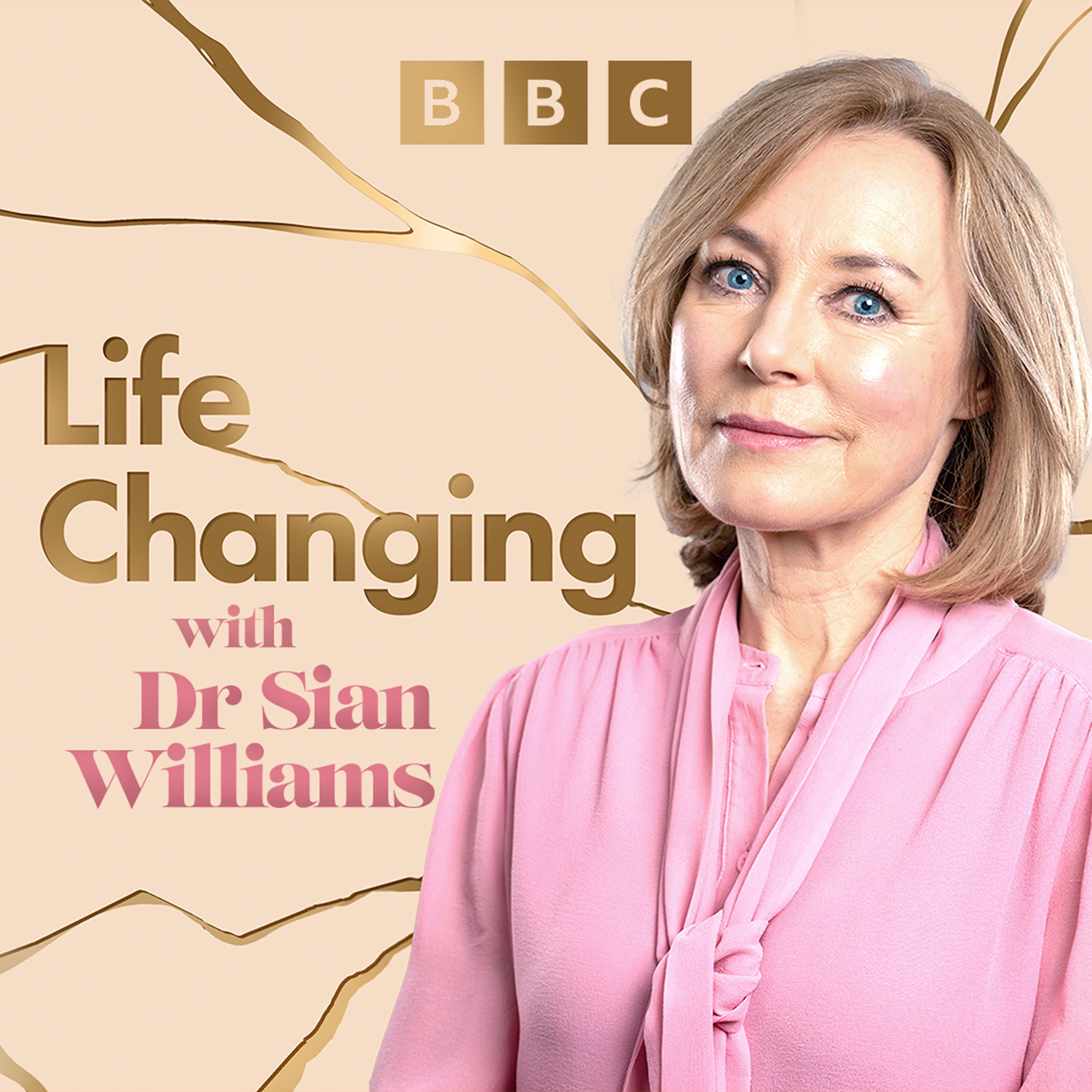
Life Changing
BBC Radio 4
Tech Life
BBC World Service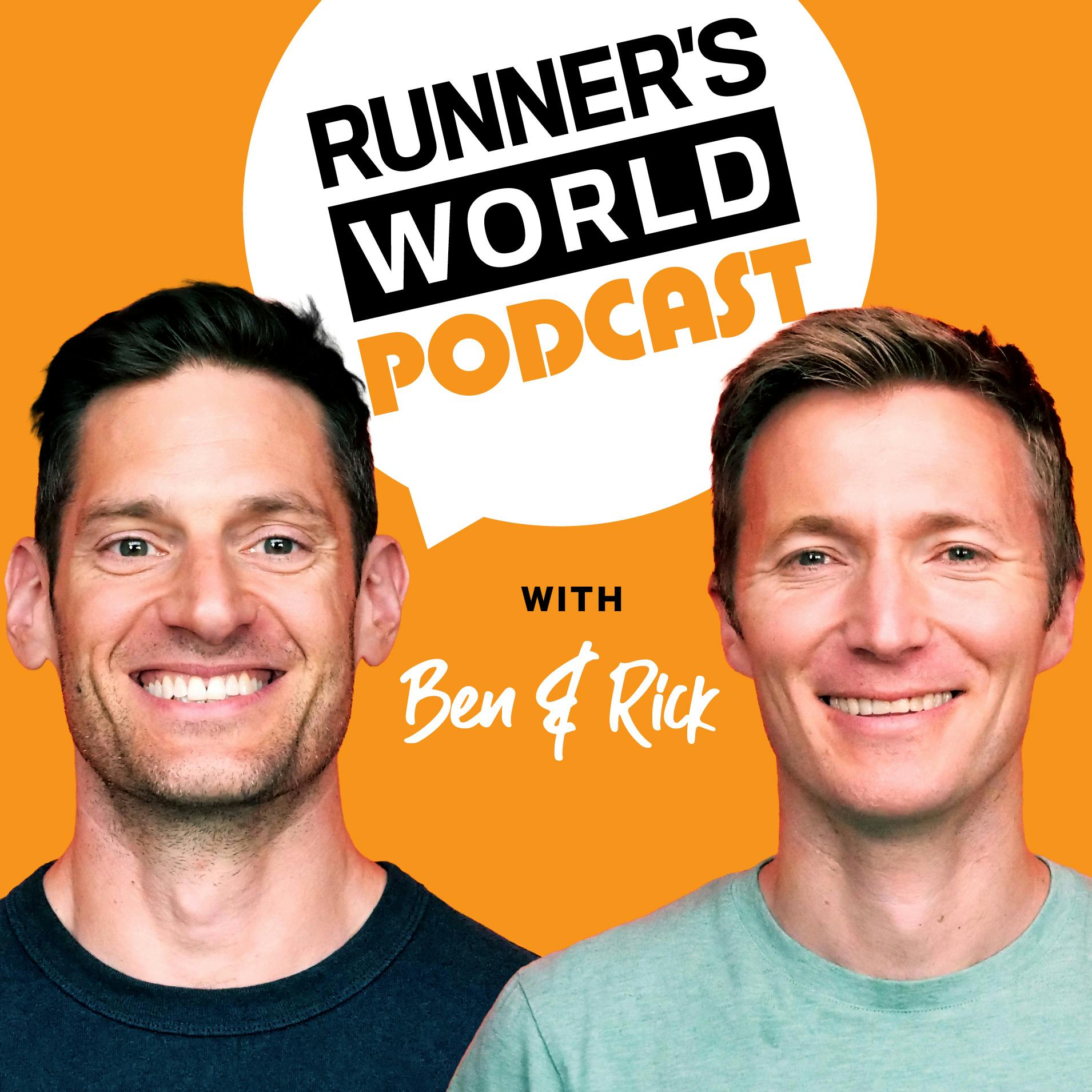
Runner's World Podcast
Runner's World UK
Buzzcast
Buzzsprout
Newscast
BBC News
Understand
BBC Radio 4
Cyber Hack
BBC World Service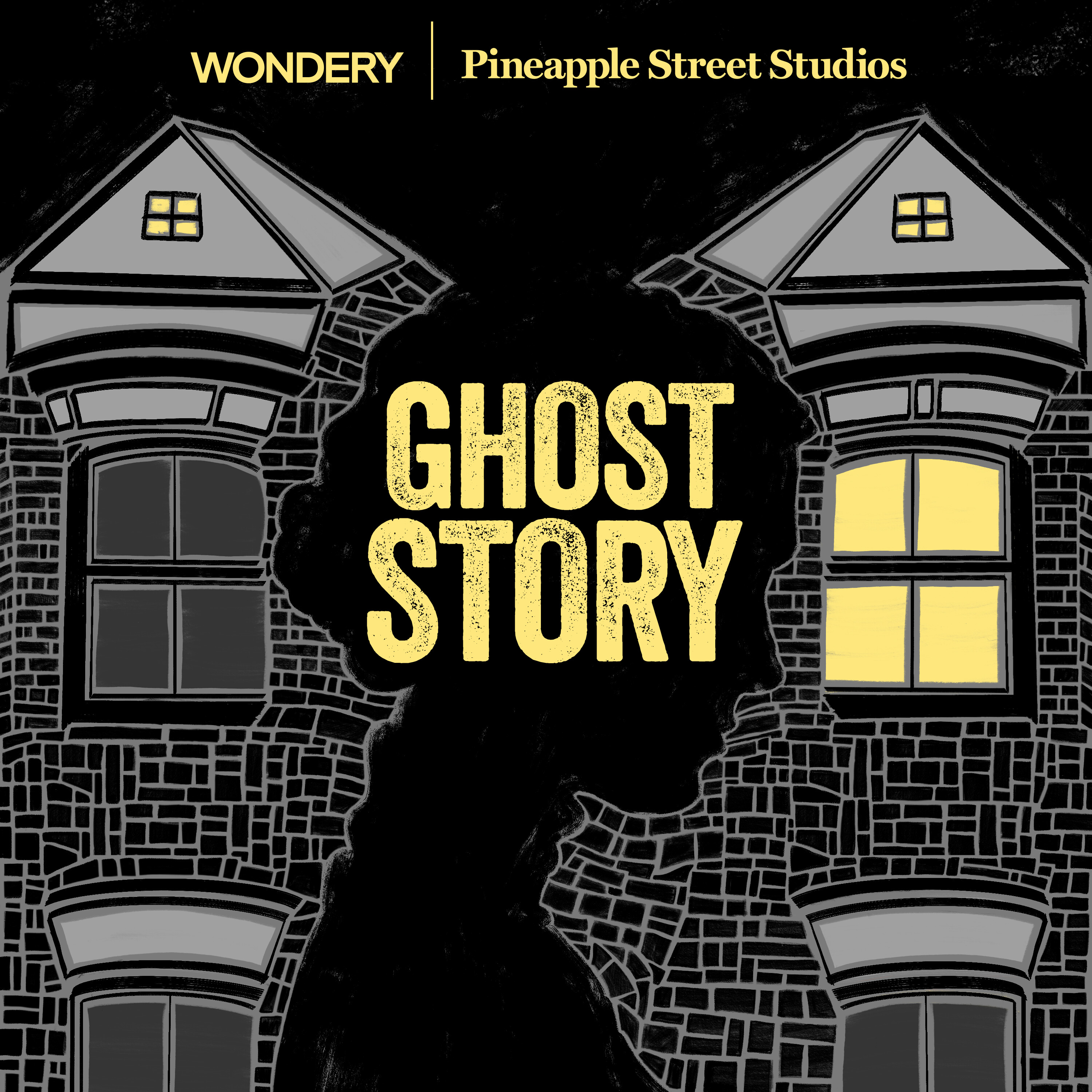
Ghost Story
Wondery | Pineapple Street StudiosDiz Runs Radio: Running, Life, & Everything In Between
Join Denny Krahe, AKA Diz, as he talks with a variety of runners about running, life, and everything in between.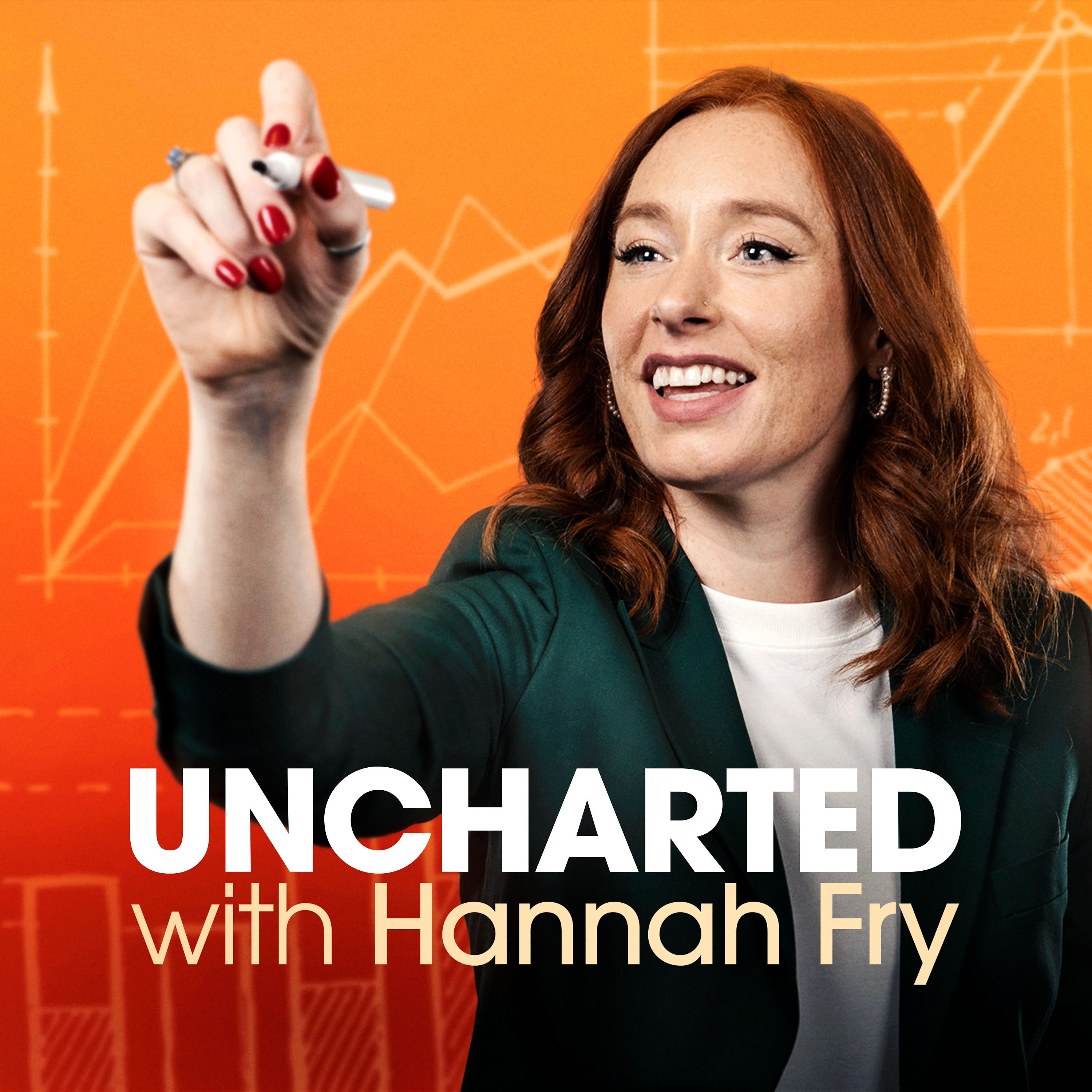
Uncharted with Hannah Fry
BBC Radio 4
The Global Story
BBC World Service
The Coming Storm
BBC Radio 4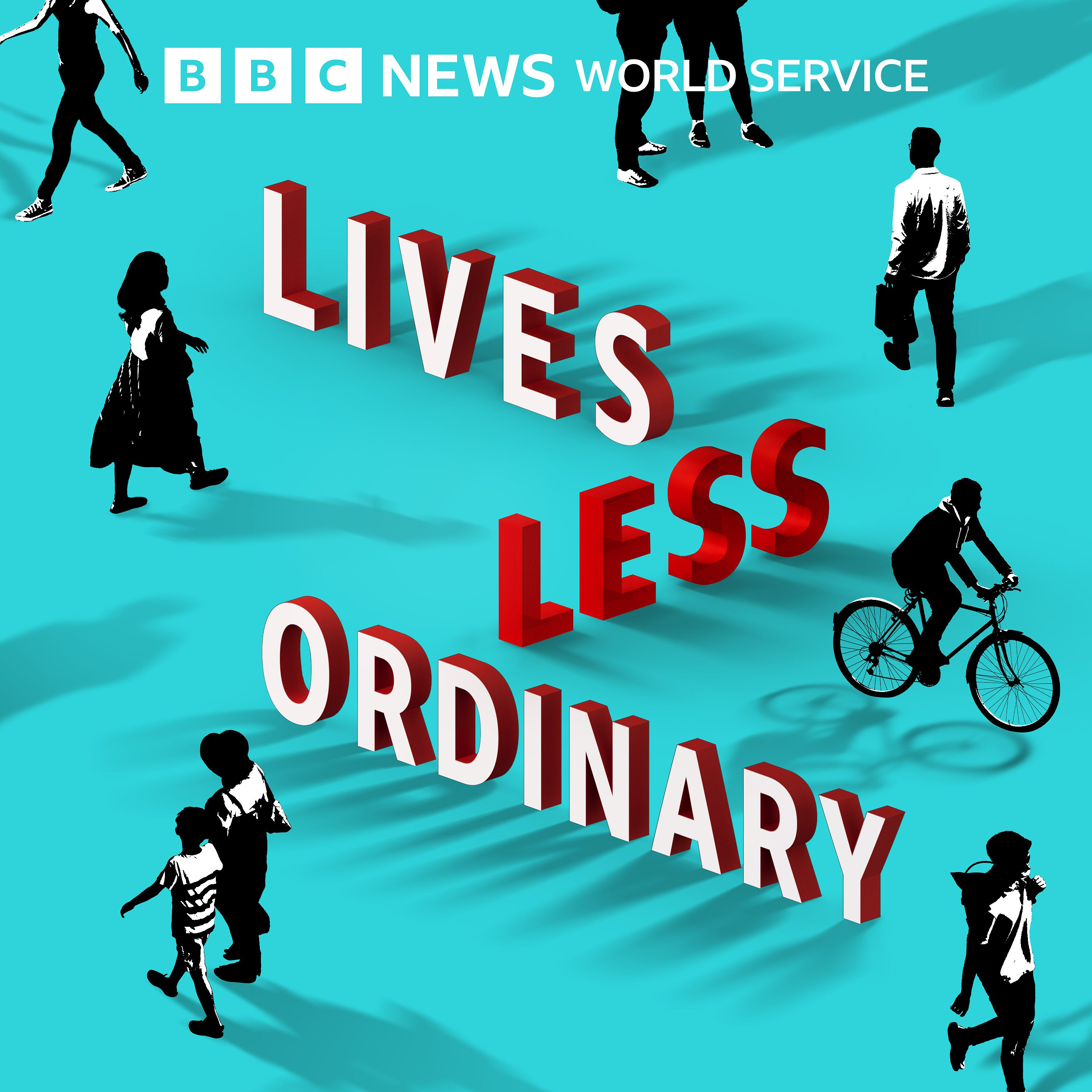
Lives Less Ordinary
BBC World Service
Do Epic Shit Today Podcast
Hannah Mulhern
The Rest Is History
Goalhanger
